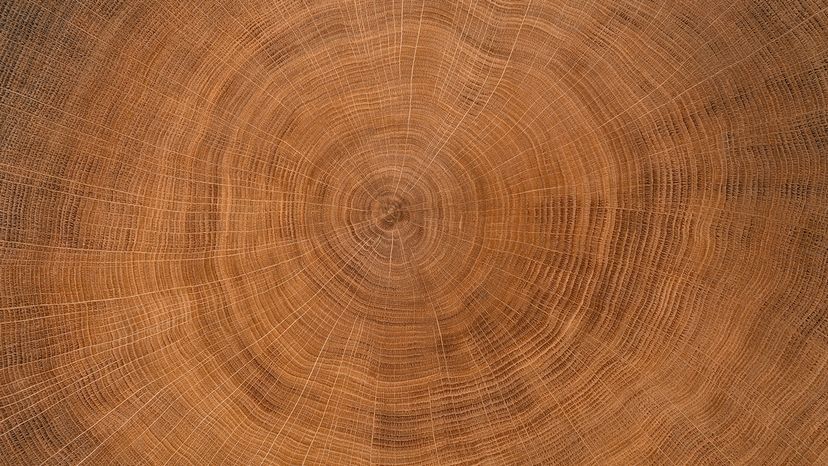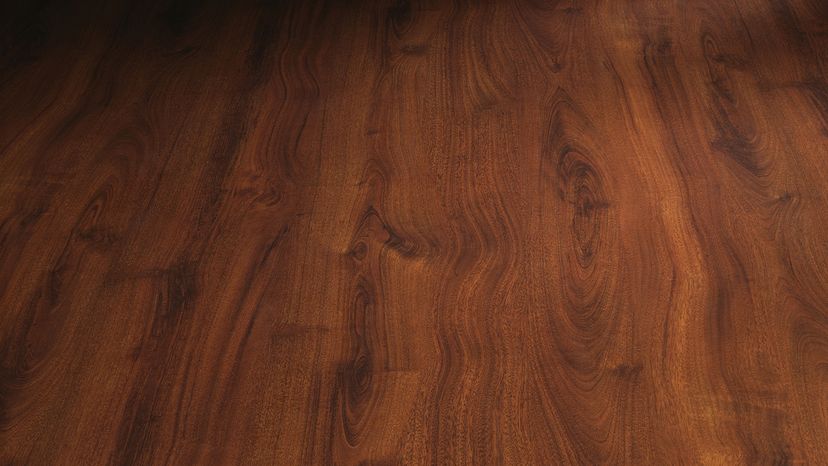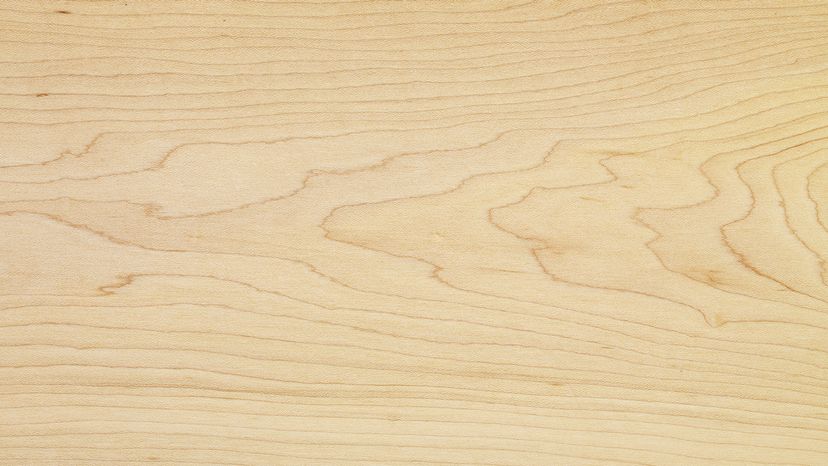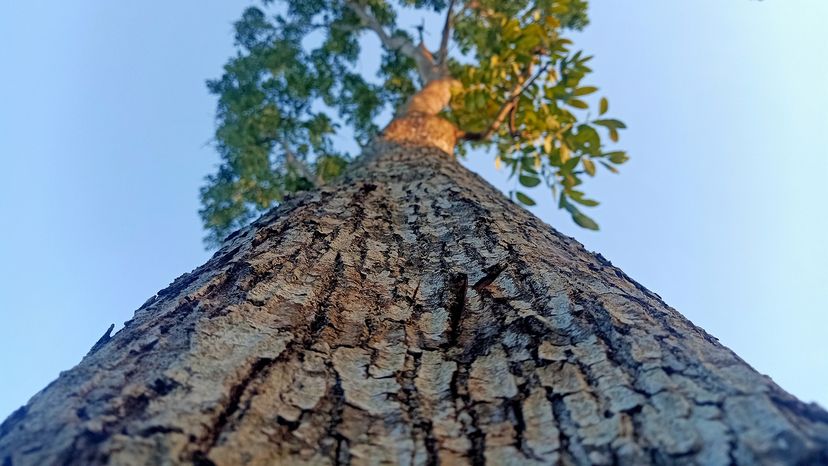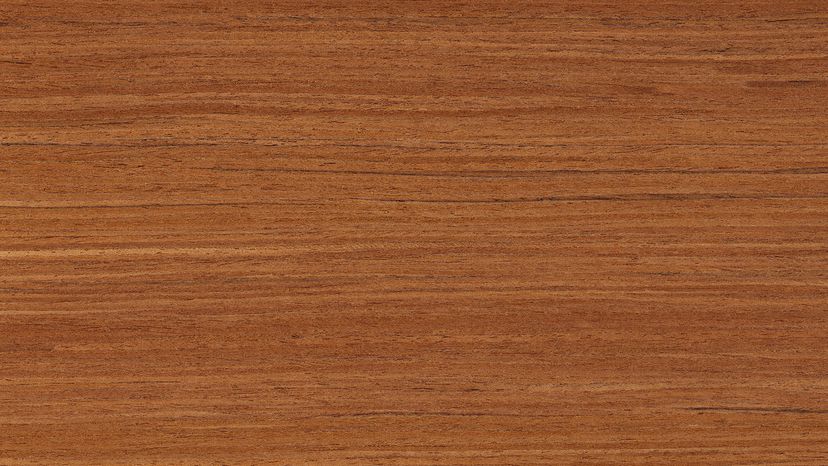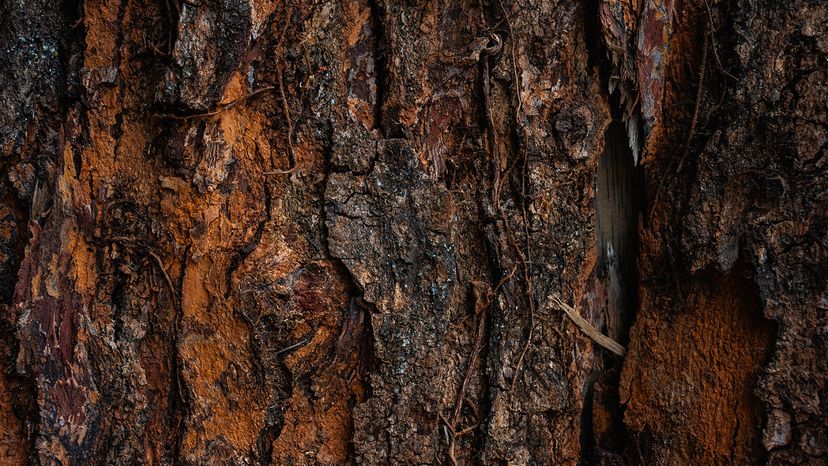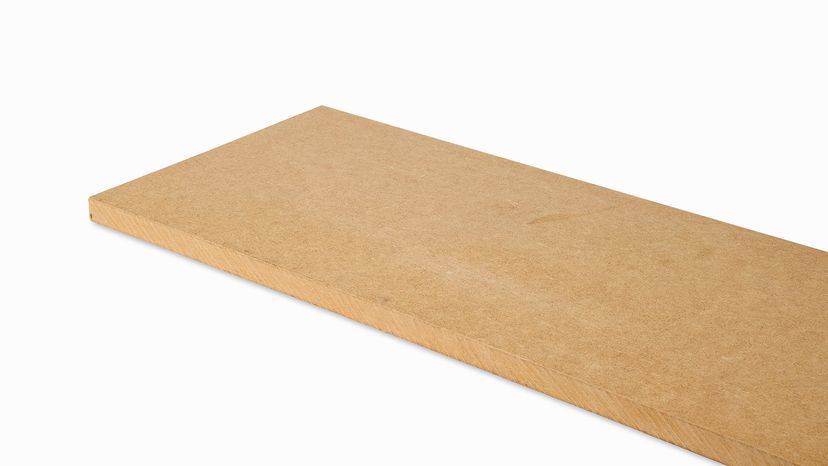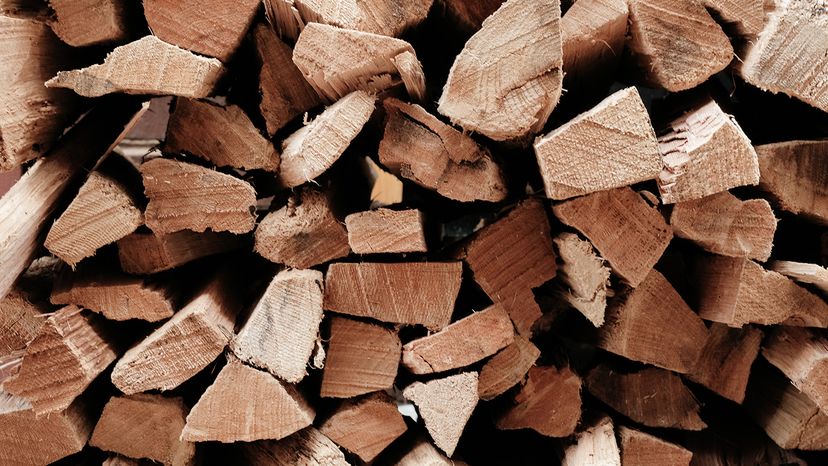
From dining tables to musical instruments, wood is everywhere. But not all wood is created equal. The types of wood you choose can affect a product’s strength, appearance, durability and cost.
Whether you're building furniture, framing a house or choosing outdoor materials, understanding wood types is essential.
Advertisement
